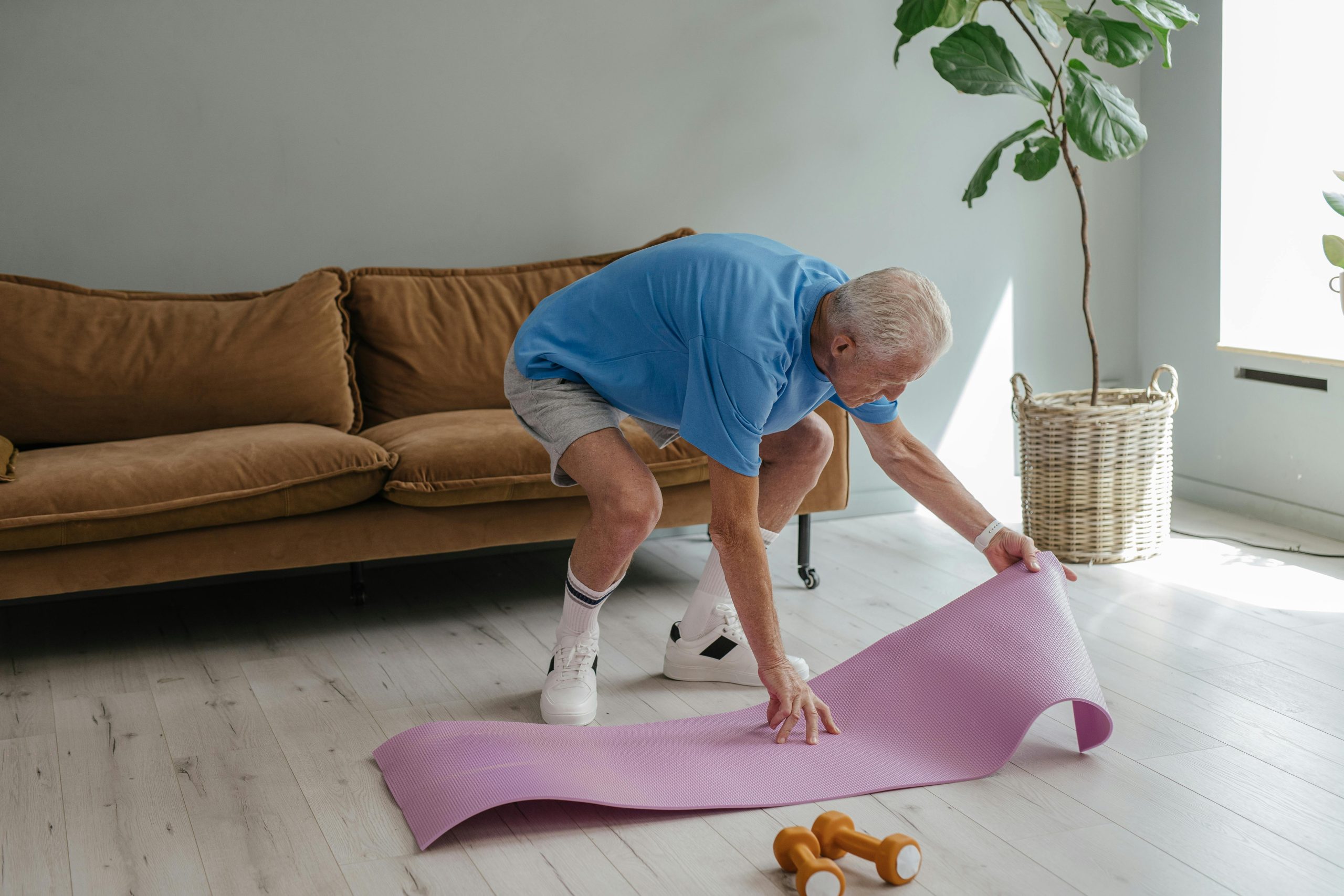Contents
Effective management of glucose levels is a key part of disease prevention and improving metabolic health overall. As providers, integrating exercise habits into patient care plans can enhance glucose control and insulin sensitivity. Maintaining an active lifestyle is an integral part of glycemic management and overall wellness. There are a number of healthy exercise habits that have been proven to improve glucose management.
1. Aerobic Exercise for Improved Insulin Sensitivity
Aerobic exercise enhances glucose uptake by increasing insulin sensitivity and stimulating glucose transport into muscles. Recommended aerobic activities include:
- Brisk walking (≥150 minutes per week)
- Cycling or swimming
- Running or jogging
- Dancing or aerobics classes
Clinical trials indicate that moderate-to-vigorous aerobic exercise significantly reduces HbA1c levels and improves fasting blood glucose (Colberg et al., 2016).
2. Resistance Training to Enhance Glucose Uptake
Resistance training improves muscle glucose uptake and promotes long-term glycemic control. Evidence-based recommendations include:
- Strength training at least 2–3 times per week
- Exercises targeting major muscle groups (e.g., squats, lunges, deadlifts, push-ups)
- Progressive overload to enhance muscular adaptation
Studies have shown that resistance training reduces fasting glucose and insulin levels in individuals with type 2 diabetes, and it’s reasonable to conclude that these same interventions would help manage glucose in healthy individuals as well (Irvine & Taylor, 2020).
3. High-Intensity Interval Training (HIIT) for Glycemic Stability
HIIT involves alternating short bursts of high-intensity activity with rest periods. This form of exercise has been shown to improve glucose tolerance and insulin sensitivity in diabetic and non-diabetic populations. Effective HIIT protocols include:
- 30-second sprints followed by 60-second recovery intervals
- Circuit-based training with bodyweight or resistance exercises
- Sessions lasting 15–30 minutes, 3–4 times per week
Research suggests that HIIT can significantly lower postprandial glucose levels and reduce glycemic variability (Little et al., 2011).
4. Incorporating Daily Movement and Reducing Sedentary Time
Extended periods of inactivity contribute to insulin resistance and hyperglycemia. Clinical strategies to reduce sedentary behavior include:
- Encouraging standing or walking breaks every 30–60 minutes
- Recommending active commuting (e.g., walking or cycling)
- Promoting structured activity, such as yoga or Pilates
Evidence indicates that breaking up prolonged sitting with light physical activity improves postprandial glucose metabolism (Dempsey et al., 2016). A recent study also showed that performing 10 bodyweight squats intermittently throughout the day demonstrated even better glycemic control than a 30 minute walk (Gao et al., 2024).
5. Exercise Timing and Postprandial Glucose Control
Timing of exercise plays a role in glucose regulation. Postprandial physical activity enhances glucose disposal and minimizes hyperglycemia. Recommendations include:
- Engaging in light-to-moderate activity (e.g., walking) within 30–60 minutes post-meal
- Incorporating resistance exercises to reduce glucose spikes
Studies confirm that post-meal exercise significantly lowers postprandial glucose levels compared to pre-meal exercise (Francois et al., 2014).
Conclusion
By incorporating exercise-based protocols in care plans, healthcare providers empower their clients to optimize glucose control. Aerobic exercise, resistance training, HIIT, and postprandial physical activity all contribute to improved metabolic outcomes.
Monitoring glucose levels with CGM technology as clients implement new habits provides them with real-time feedback on the impact of their choices, and can positively influence long-term habit change. Encouraging patients to adopt structured and consistent movement patterns, and allowing them to see the short-term results of their new habits through continuous glucose monitoring, can significantly reduce insulin resistance and aid in disease prevention.
References
- Colberg, S. R., Sigal, R. J., Yardley, J. E., Riddell, M. C., Dunstan, D. W., Dempsey, P. C., … & Tate, D. F. (2016). “Physical activity/exercise and diabetes: A position statement of the American Diabetes Association.” Diabetes Care, 39(11), 2065-2079.
- Irvine, C., & Taylor, N. F. (2020). “Resistance exercise improves insulin sensitivity in adults with type 2 diabetes: A systematic review and meta-analysis.” Journal of Physiotherapy, 66(3), 155-163.
- Little, J. P., Gillen, J. B., Percival, M. E., Safdar, A., Tarnopolsky, M. A., Punthakee, Z., … & Gibala, M. J. (2011). “Low-volume high-intensity interval training reduces hyperglycemia and increases muscle mitochondrial capacity in patients with type 2 diabetes.” Journal of Applied Physiology, 111(6), 1554-1560.
- Dempsey, P. C., Larsen, R. N., Sethi, P., Sacre, J. W., Straznicky, N. E., Cohen, N. D., … & Dunstan, D. W. (2016). “Benefits for type 2 diabetes of interrupting prolonged sitting with brief bouts of light walking or simple resistance activities.” Diabetes Care, 39(6), 964-972.
- Francois, M. E., Baldi, J. C., Manning, P. J., Lucas, S. J., Hawley, J. A., & Williams, M. J. (2014). “Acute high-intensity exercise improves flow-mediated dilation in adults with type 2 diabetes.” Diabetes Care, 37(11), 3115-3123.
- Gao Y, Li Q-Y, Finni T, Pesola AJ. Enhanced muscle activity during interrupted sitting improves glycemic control in overweight and obese men. Scand J Med Sci Sports. 2024; 34:e14628. doi:10.1111/sms.14628

